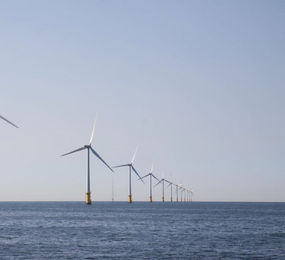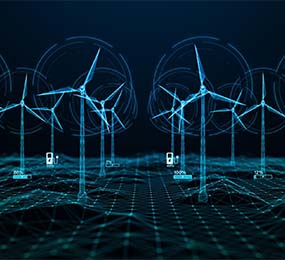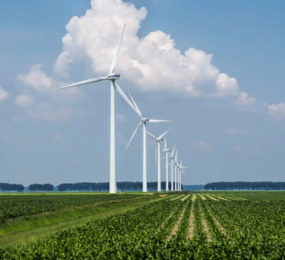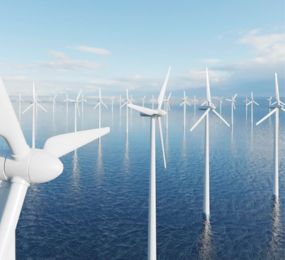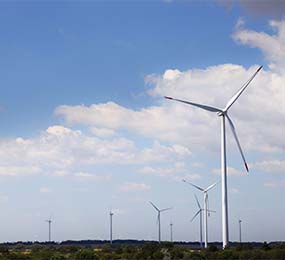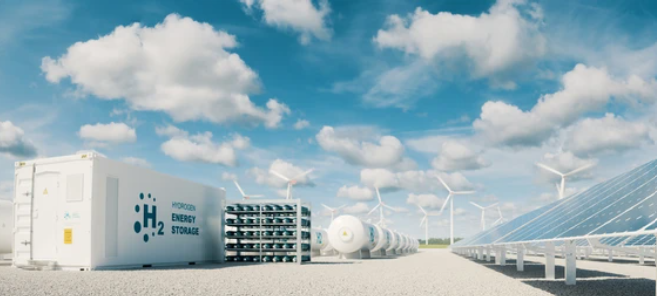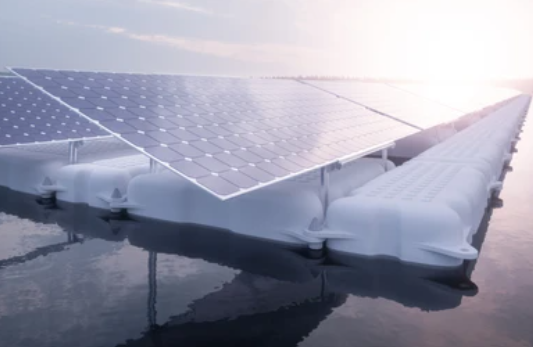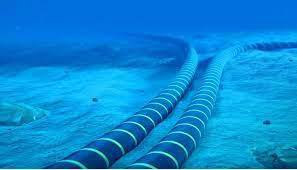The wind energy industry is generating a massive amount of data from turbines, sensors, weather stations, and grid interactions. This data holds immense potential to optimize operations, improve efficiency, and enhance the overall performance of wind farms. By leveraging advanced data analytics techniques, operators can unlock valuable insights and make data-driven decisions that drive success.
Key Applications of Data Analytics in Wind Energy:
- Predictive Maintenance: Analyzing historical data and real-time sensor readings, machine learning algorithms can predict potential equipment failures before they occur. This proactive approach minimizes downtime, reduces maintenance costs, and extends the lifespan of turbines.
- Performance Optimization: Data analysis can identify factors impacting turbine output, such as wind speed variations, blade pitch, and generator efficiency. This information can be used to adjust settings and maximize energy production.
- Grid Integration: Analyzing wind power output data with grid demand forecasts enables better integration of wind energy into the grid, ensuring grid stability and reliability.
- Resource Assessment: Analyzing historical wind data, weather patterns, and topographical information helps identify optimal locations for new wind farms, maximizing energy yield and minimizing environmental impact.
- Risk Management: Data analysis can help assess and mitigate risks associated with extreme weather events, grid congestion, and market fluctuations.
Advanced Analytics Techniques:
- Machine Learning: Algorithms such as supervised and unsupervised learning can identify patterns, detect anomalies, and make predictions based on historical data.
- Artificial Intelligence (AI): AI-powered systems can analyze complex data sets, identify correlations, and make real-time adjustments to optimize turbine performance.
- Deep Learning: Deep learning algorithms can analyze images and videos from turbine inspections to detect anomalies and identify potential issues.
Benefits of Data-Driven Optimization:
- Increased Efficiency: Optimized turbine performance, reduced downtime, and improved maintenance schedules lead to increased energy production and revenue.
- Enhanced Grid Stability: Improved grid integration ensures a reliable and stable energy supply.
- Reduced Costs: Predictive maintenance and optimized operations minimize costs associated with maintenance, repairs, and downtime.
- Improved Sustainability: By optimizing performance and minimizing environmental impact, data-driven approaches contribute to a more sustainable energy future.
The future of wind energy lies in harnessing the power of data. By leveraging advanced data analytics techniques, wind farm operators can unlock new levels of efficiency, sustainability, and profitability, ensuring the continued growth and success of this vital renewable energy source.
To register or learn more about the Forum please check here: https://bit.ly/3K0rUIz
For more information and group participation, contact us: [email protected]



